- Shipping to your hotel in mexico

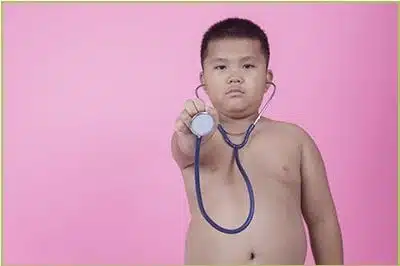
In today’s world, children are highly susceptible to a host of conditions. That’s not being negative, it’s just a fact. Things have definitely evolved over the years, in an interesting direction in this aspect. For example, ADD has taken the forefront as one of the main issues children deal with.
Escalating obesity rates through the past couple decades have increasingly caused today’s youth to be bombarded with unimaginable conditions at a young age like diabetes, high blood pressure, high cholesterol and metabolic syndrome.
With all the attention being paid to these serious ailments, there is something that is quite often not even thought about and that is growth hormone deficiency. It could simply be because of its non-life-threatening nature. Or simply because it doesn’t affect as many kids as an obesity-related illness.
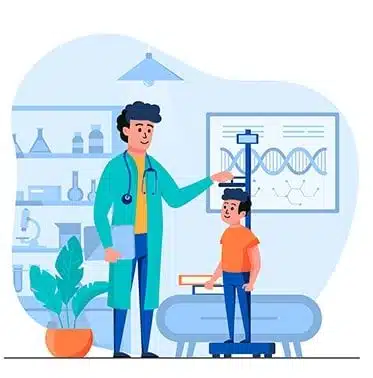
According to the Boston Children’s Hospital, approximately one in 4 to 10,000 have a deficiency in growth hormone. If you think in terms of the entire population, those numbers are not that small.
Unlike the more serious conditions, a child with growth hormone deficiency can live a normal life. They have a perfectly functioning brain and body, but they are just below average in height. In this article, we are going to piece together some more details so you can be well informed if you suspect your child falls into this category.

As previously mentioned, the main symptom of a growth hormone deficiency is the child is short for their age. This can be recognized as early as 2 years old, but it’s generally a bit later. Having said that, there are some ancillary symptoms that can also present themselves.
The symptoms of growth hormone deficiency in the teenage years are going to be the same, but time is of the essence in these cases. What this means is, growth hormone deficiency treatment in children only works for so long. It revolves around the growth plates, also known as epiphyseal plates.
Once they close, the body cannot utilize human growth hormone (HGH) treatments to promote height increases. Boys and girls generally stop growing around 19 to 20 years old. So if treatment is needed, it will only work for boosting height before then. Results of taking HGH for growth after 16 are minimal.
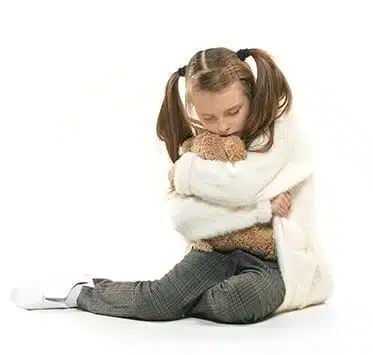
If your child has an untreated growth hormone deficiency, and you let it go until their growth plates are closed, it will be too late for them to see adequate results. Of course, HGH treatment is still beneficial for adults, just in different ways.
The bottom line is, stunted growth is the major symptom of growth hormone deficiency in a child. Additionally, this can lead to feelings of self-consciousness and depression. But that’s not all growth hormone deficiency in child cases can come with.
There are some physical features that will often be seen too, such as a face that looks younger than normal, slower hair growth, a delay in reaching puberty, and a build that has a cubby appearance. Again, all of these symptoms might not be critical, but they can all contribute to unhappiness and be a good reason to seek medical intervention.

The pituitary gland is about the size of a pea, but it packs quite a punch in the world of health. It sits right in the middle of the skull at the bottom of the brain and its main function is to release human growth hormone.
Normally, children grow a minimum of 2 ½ inches per year. The rule of thumb is, if a child grows 2 inches or less, there is a chance they have a growth hormone deficiency. And this is obviously caused from the pituitary gland not doing its job.
Just for the record, growth hormone by itself is not only needed for physical height, but it is the driving force behind bone strength, connective tissue production, hair growth, muscle building, and cell regeneration. With the exception of height promotion, this is the case with adults as well.
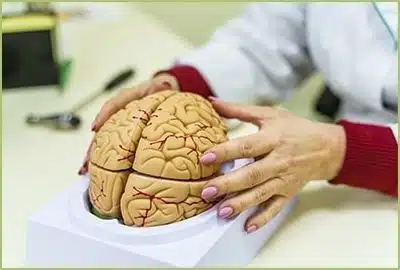
Fast forward to the causes of growth hormone deficiency in child situations and you have a pituitary gland that’s not firing on all cylinders. This is often caused by injury to the gland before or after birth. It is known as congenital if it’s before birth and acquired if it’s after.
Overall though there is more often than not no answer as to why the pituitary gland is not releasing growth hormone at adequate levels. In the medical world, this is referred to as idiopathic.
With all this being the case, there are certain instances that put a child more at risk for growth hormone deficiency and it all centers around the brain. If they have had a tumor, radiation treatment, or any form of head injury, it can affect the production of HGH.
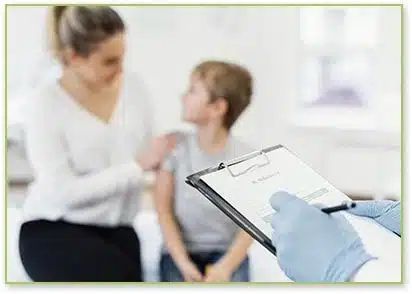
Diagnosing growth hormone deficiency in children is a bit more involved than just realizing they are short for their age. One of the most important factors to look into is their actual blood levels of HGH.
This is determined by a blood draw. The average HGH range for children is 0 to 20 ng/mL. A range is used because HGH is a hormone that rises and falls throughout the course of the day, much like other hormones.
It should be mentioned that a secondary hormone called IGF-1 is associated with HGH. It gets produced by the body as a precursor to HGH. So if it is low, that is usually a sign that HGH will be low as well.
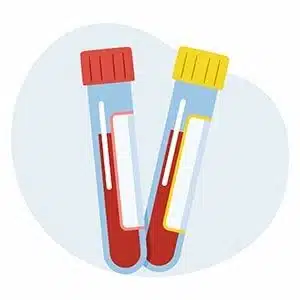
Additionally, there is a height range for children that can be referenced to when making a diagnosis. As mentioned above, when a child is growing less than 2 inches per year, it can be a sign that a growth hormone deficiency is present.
Another part of the diagnostic process is a lifestyle assessment. The doctor will want to know any family history of medical conditions and if short stature actually runs in the family as well. Kidney diseases, thyroid disorders and any other hereditary conditions that could possibly be at play will be information that can lead to a diagnosis.
X-rays are also utilized to get a further grip on the cause. In this case, the left hand is specifically x-rayed where your child’s “bone age” is determined. What does this mean?

Well, when hormone problems present themselves and puberty is not kicking in as normal, the age of a child’s bones is often less than their age on the calendar. An x-ray can be used to sort all of this out.
A similar yet more detailed diagnostic test often looked to is a CT scan. The “CT” part stands for computed topography. This test is actually more accurate than a basic x-ray because it takes into account more fine detail related to the bones, muscles, organs, fat tissue, muscle mass and other structures of the body.
Once all of this data is collected from whatever battery of tests are done, then the patient goes on to the next level, which would be getting the proper treatment.
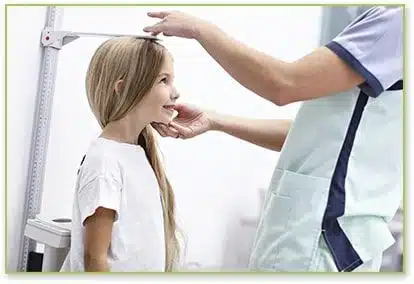
When a child has a stomach ache, it’s pretty evident and easy to diagnose. There are usually multiple episodes of diarrhea and vomiting, accompanied by dizziness, a headache, and chills.
The same can be said about a cold. Obvious symptoms like a runny nose, cough, and sore throat are all at the forefront. Growth hormone deficiency is not that easy to read. But, it’s also not that hard if you know what you’re looking for. Probably the best and easiest way to figure this out is by looking at the statistics.
You already know that a height increase between 3 years old and puberty of fewer than 2 inches per year can indicate a growth hormone deficiency. If you closely monitor your child’s height during this time, you can get a quick assessment to determine if further assessment is needed.
Just for the record, if your child is in the 1-to-2-year-old range, they should be growing 5 inches per year or more.
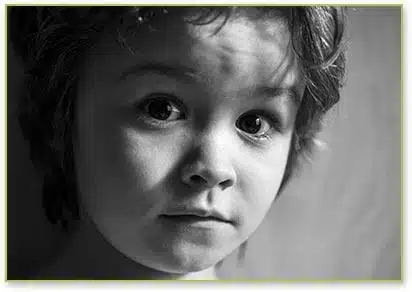
If they are that young and they are way below this average, it could be a sign that they have a deficiency and you might want to take immediate action. Also, remember the other symptoms that can be present. If your child is 5 years old, but they have a much younger-looking face, it could be a sign of growth hormone deficiency. Maybe they have some baby fat that just seems to keep lingering around and not melting away.
That is a telltale sign that a growth hormone deficiency is present. And there are two more features in the facial area that can point in the direction of a deficiency. If the bridge of the nose is underdeveloped or your child’s forehead is prominent, then they may have an untreated growth hormone deficiency. If you recognize any of these symptoms, then it would be time to take the next step and get the professional tests done at a medical facility.
Speaking of which, our team down here in HGH Vallarta is top-notch and we take the utmost care with our patients. Give us a call any time and we will make sure that you and your child have the best of care. Everything is completely legal, safe, and done with the highest of standards.

Do you remember going to amusement parks when you were a child? In order to go on certain rides, you had to be a specific height or taller. If you weren’t, you had to sit it out and watch your siblings and friends have fun while you pouted. That may sound like a petty example, but it is a reality.
The problem of growth hormone deficiency in children is short stature. A residual effect of this is they can be made fun of at school or when they are at public events with their peers. Over time this can take a major toll on their self-confidence and set the stage for an ongoing problem as they get older.
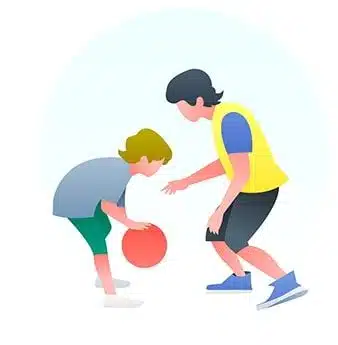
This can perpetuate feelings of inadequacy and make a child feel inferior. Children are very impressionable, so it can make life really hard on them.
Another thing to look at here is their love of sports. It is advantageous to be taller for some specific sports like basketball, volleyball, and football. The sad reality is, if they are short, it can have a negative impact on their abilities.
Even if they are good at any of these sports, being on the shorter side will prevent them from really excelling. So it is urgent to do whatever it takes to get them up to a normal height range as quickly as possible. And the best way to do that is to seek treatment.
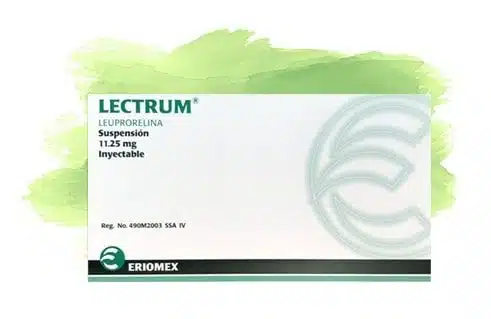
To close this out, it’s fitting to talk about the best treatment options. The quickest way to boost height is through HGH injections. These are prescribed by a doctor after all the tests are done and analyzed.
A certain amount of milligrams are recommended and an injection is to be administered on a daily basis at the same time each day. The area in which these injections are done will vary. It’s usually recommended to alternate between locations to prevent swelling or inflammation at the injection site.
Children taking injections can generally notice changes in height in as little as 3 months’ time. If you decide to go this route, you can clearly see that they’ll be getting back to normal in no time at all.
Overall, growth hormone deficiency is not the end of the world and things could be a lot worse. But just know that there is definitely hope in regaining your child’s normal height and life.
To learn more about treating growth hormone deficiency, please visit our HGH for sale page.